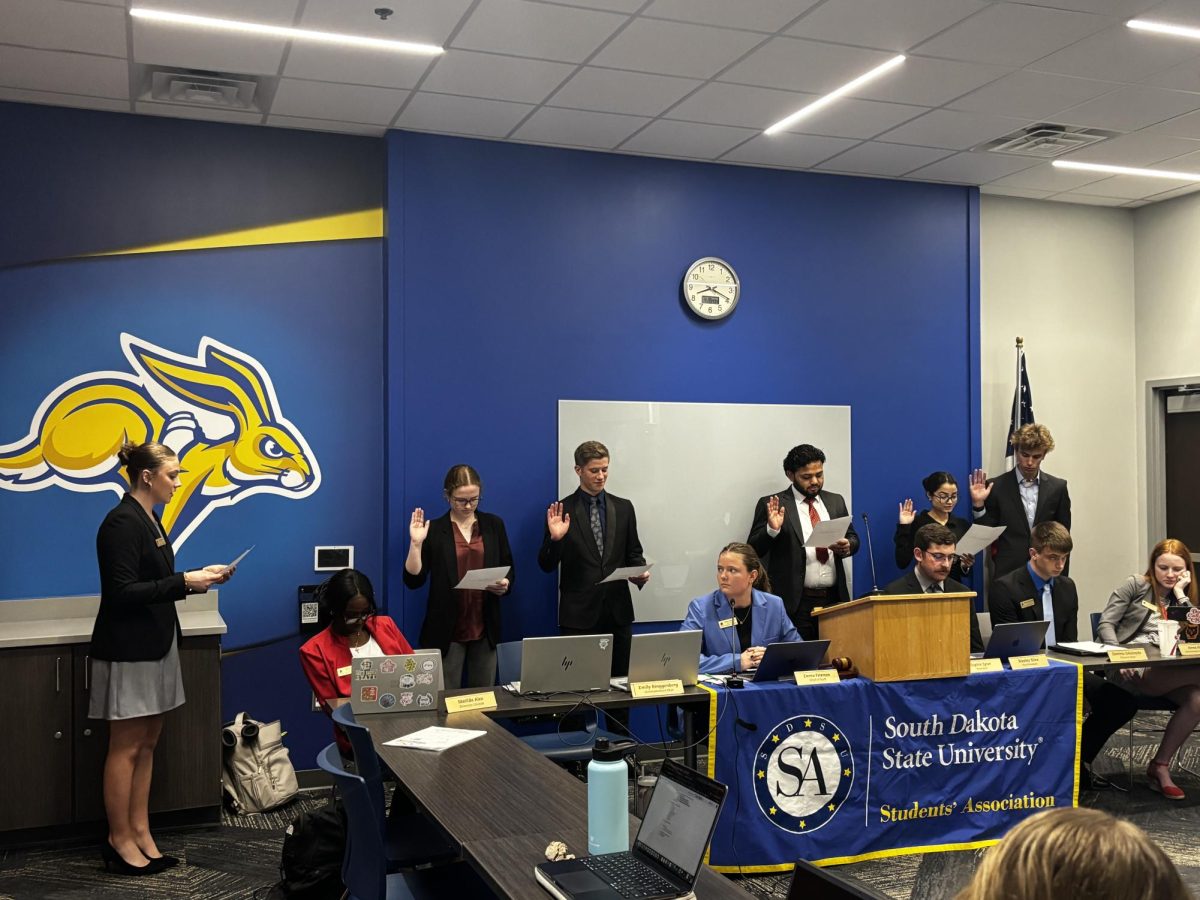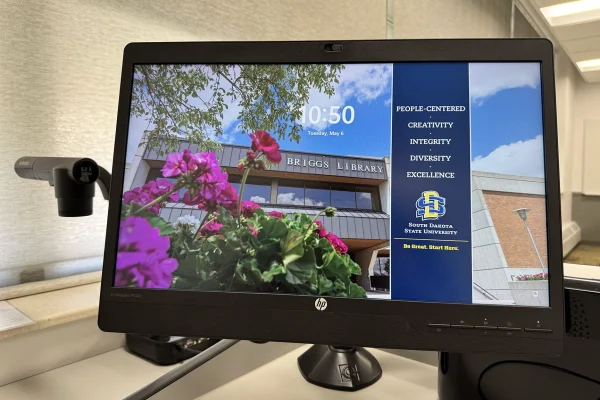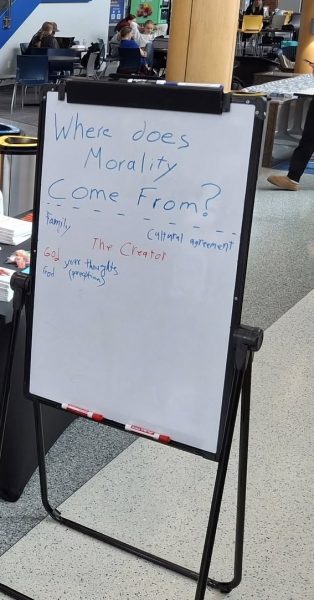Hansen Hall changes still in question
September 4, 2012
Since 1967, Hansen Hall has housed thousands of students and helped them to fit into a new college environment surrounded by their peers. Rumor had it last year that this tradition would be threatened.
“Hansen Hall is utterly unchanged for this year. It’s the same configuration and assignment,” said Doug Wermedal, associate vice president for Student Affairs.
The SDSU Residential Life and Dining Services Master Plan was developed in 2008 and outlined some big changes for campus. The main goals outlined in this plan were to raise the freshmen and sophomore retention rate to 80% and to increase the six-year or less graduation rate to 60 percent or higher.
The plan also included the goal to increase graduate student enrollment by 11.1 percent, and all three were to be achieved by 2018. To do this, the plan outlined that there would be two “neighborhoods” on campus for the residential halls.
“The master plan calls for an upper vision neighborhood to be created in the Hansen/Waneta area. We’ve started to house sophomores in Meadows North,” said Wermedal. “When the 800 beds open, we can open Meadows North back up to juniors and seniors.”
The residential hall neighborhood plan would turn Hansen Hall into a dorm for upperclassmen, along with Waneta Hall, the Wecota Annex and the Meadows North and Meadows South university apartments.
Although the change hasn’t happened yet, a Hansen Hall Task Force has been formed in order to revisit Hansen’s proposed transition. The Task Force consists of Wyatt DeJong, Mary Christensen, Doug Wermedal and Barry Dunn.
“I am concerned that one of the important traditions on campus might be changed,” said Barry Dunn, Dean of the College of Agriculture and Biological Sciences. “With the transformation of Hansen, the entire campus could be negatively impacted as a whole.”
Hansen Hall, despite holding the tradition of being the “Aggie Hall,” does have plenty of non-ag majors in it as well. Elayna Carrigan, a freshman graphic design major from Wells, Minn., said she chose to live in Hansen because of its reputation.
“I had a lot of friends who lived in Hansen before, and they all loved it. Everybody is really nice and welcoming,” Carrigan said.
Wermedal and Dunn both agreed that Hansen not only serves the agriculture students, but also students from a rural setting. Since most people in Hansen come from similar backgrounds, it’s a “really neat transition for kids from a small town,” Dunn said.
For now people across the SDSU campus and its alumni can rest easy. Hansen Hall is not being threatened too much by the master plan proposed in 2008. Despite the controversy the transformation has caused, it has also caused a creation of a task force that would keep the tradition alive.
“What’s embedded in Hansen is not in the building, it’s in the students,” Wermedal said.
Hansen Hall can only house 440 students. With more than 440 students on campus majoring in the agricultural and biological sciences, the bricks and mortar only provide a shell.
The true tradition and culture of Hansen exists in the students who live there.





















